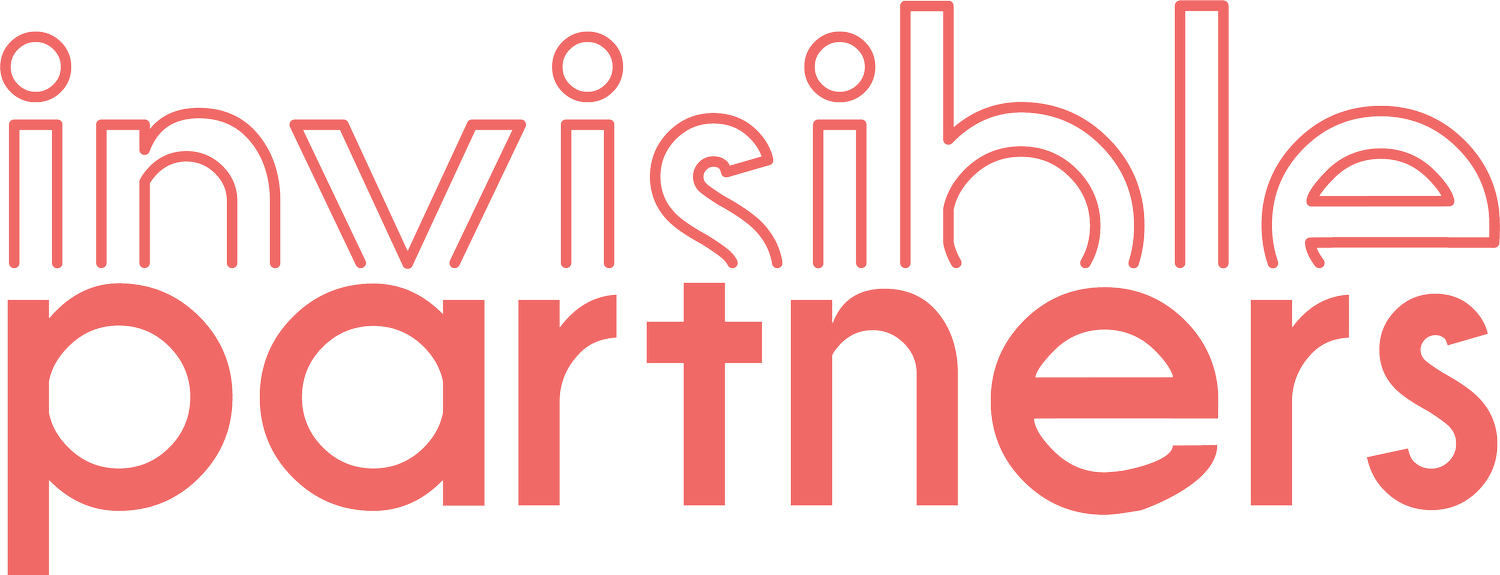The customer vs the employee - Who matters more?
I recently completed a talent strategy & recruitment project, working under the wonderful leadership of Mardi Versteegen, Head of People & Culture for WSA/Bloom Hearing Specialists.
Mardi is one of those rare breed of HR professionals who not only understands the link between employee engagement and customer satisfaction, but is truly driven by it.
Recently, Mardi shared with that what attracted her to WSA/bloom in the first place was the direct exposure to the customer. With her background in the pharmaceutical sector, their customer channel was B2B and her previous employer the formidable Powershop Australia, primarily engage with their consumers digitally. Mardi’s refreshing surprise in joining bloom was the impact of having the vast majority of the workforce in customer facing roles.
Mardi explained; not only is it that the core purpose is one that truly matters (giving someone back one of their senses), but she was struck by the sheer volume of their employee base (80%+) that have direct contact with the end customer, and offer such a profound customer experience. In working closely with Mardi and the broader leadership team, it is clear how pivotal the customer is in everything they do.
However, it was how Mardi directly linked the P&C agenda to the customer program that I found really fascinating.
The link between employees and customers is gathering pace, leading to an increase in Chief Customer and Chief Culture Officer roles, highlighted in this Forbes article.
At WSA/bloom, the recruitment and retention priorities have customer orientation as a focal point and this becomes a really clear compass in the overall Talent Strategy.
Mardi highlighted for me how stark the link between bloom’s industry leading Net Promoter Score and their own employee engagement scores are.
One reflects the other, employee engagement and customer satisfaction are inextricably linked.
I’m curious to see how this trend continues to evolve, with the hope that leadership across functions identify their role in the employee culture and engagement arena, versus leaving it as the exclusive domain of HR.




